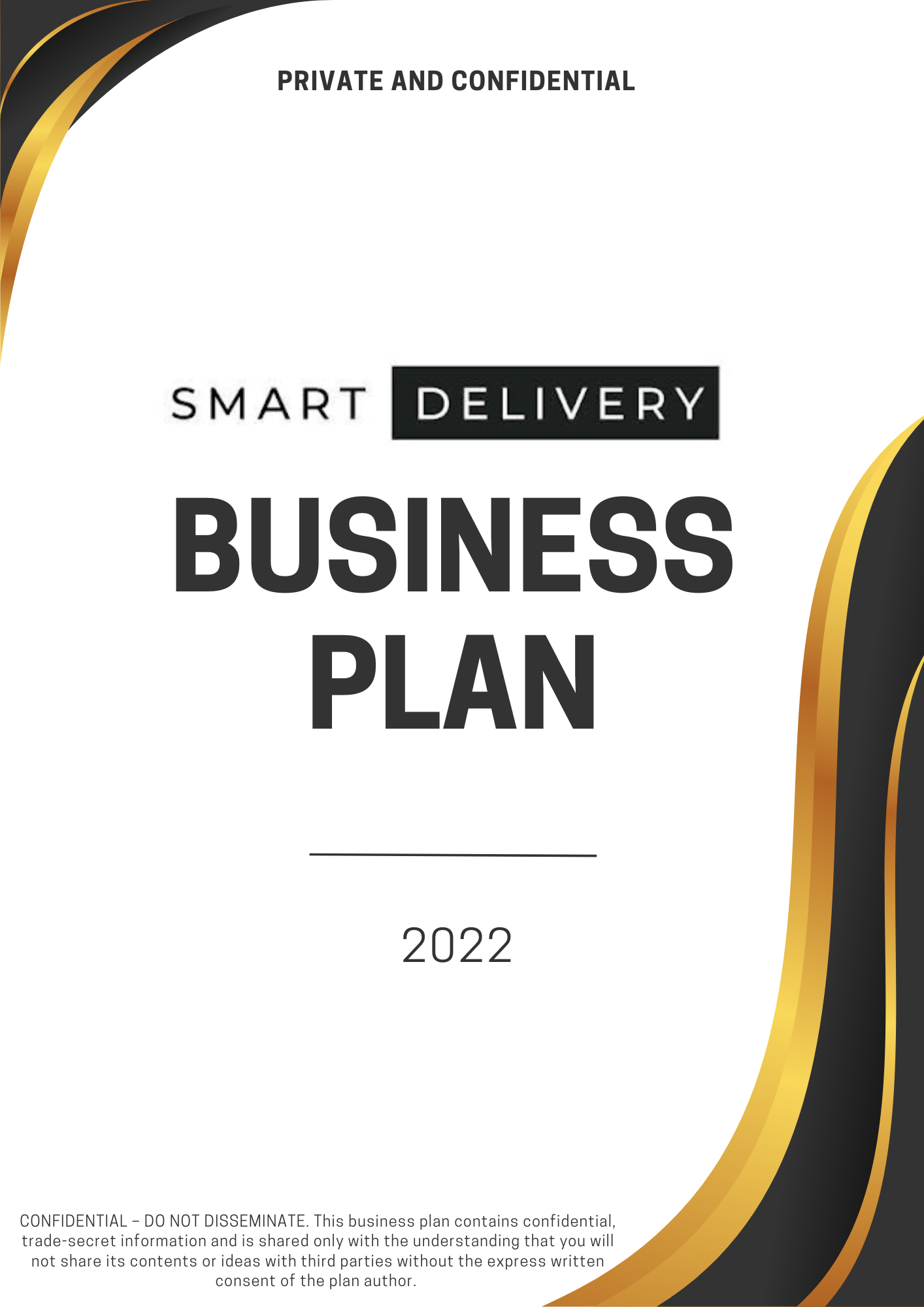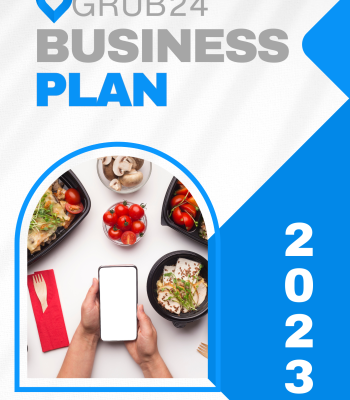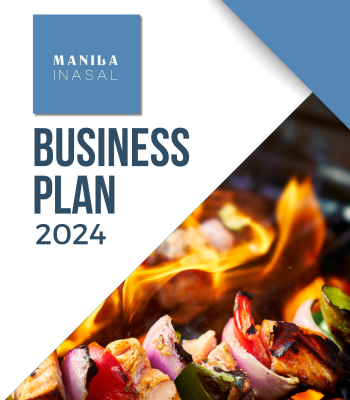Opportunity
Problem
The recent Covid19 pandemic saw a massive shift in consumer shopping habits, particularly in the grocery sector. Instead of risking disease exposure and waiting in long queues, consumers started to rely on delivery services, and for many, it became the new ‘norm’.
However, the impact of the increased use of this kind of shopping on delivery waiting times was huge. Before COVID-19, the slots were plentiful and you could always get the one you wanted, very often just a day in advance. During COVID-19, it’s becoming quite a feat to find any open slot, not to mention one you want.
With the lockdown pressure piling up, supermarkets and delivery giants like Ocado and Amazon Fresh quickly became overwhelmed. As a result, online food delivery services like Deliveroo saw a big increase in search popularity and it didn’t take long for the likes of Deliveroo to realise the opportunity of diversifying its network to partner with retailers to deliver groceries. Hence, the inception of “rapid, on-demand” delivery companies.
Solution
Rapid grocery delivery companies have become one of the success stories of the past few years. Borne out of necessity during the pandemic, consumers quickly embraced the concept of essentials being delivered to their door in just a few clicks and within a short space of time. As a result, a wave of start-ups began to establish themselves within this niche of the market with thousands of couriers and drivers making the journey from store to doorstep in less than an hour.
The business model is an on-demand, goods delivery platform with a presence, not just in large cities but in outlying areas, that enables people to get anything from local convenience stores as well as supermarkets, delivered to their doorsteps for a small fee. Introducing Smart Delivery.
Market
An important trend resulting from the pandemic has been the rise of online shopping and grocery shopping is no exception. Kantar Worldpanel data shows that before the pandemic hit in February 2020, eCommerce made up 8.7% of all grocery sales, and by February last year it peaked at 15.4%.
Meanwhile, online sales are starting to decline as the pandemic has slowed down. According to Kantar, e-commerce grocery sales fell almost 20% between 20 February and 25 March 2020. However, online grocery sales are still well ahead of pre-pandemic levels at 13.3%.
Simon Gregg, senior vice president of eCommerce for Asda, believes the online market will continue to grow stating that: “Critically, online grocery sales are currently twice as large as they were before the pandemic.”
Speedy deliveries have taken off in a big way with people now expecting to receive grocery orders in minutes rather than days. To handle the surge of orders, supermarkets have had to make drastic changes, such as dedicating sections of their car parks for order pickup, converting some stores to fulfill online orders and partnering with experts from Deliveroo to Just Eat.
Roadmap
In the next 5 years we aim to be the dominant delivery company in Southeast London by being the No 1 peoples’ choice to purchase items from convenience stores and have them delivered to their home. In 10 years, we hope to be the No 1 delivery company in the EU.


Company Overview
This idea was conceived way before 2017 when I first ordered food on “uber-eats”. Fast forward to 2019 – and the Covid19 pandemic. My desire to bring my doorstep delivery idea to fruition intensified as people´s need for grocery items and food delivered to their homes became greater.
Having more people wanting to work remotely, at their most convenient time, and be rewarded for their actual efforts and contributions, we were convinced to create a company that would satisfy people s growing needs and wants for both ends (delivery persons and clients).
As the number of people wishing to utilise home delivery to fit in with work and time restrictions increased, we saw an opportunity to create the perfect supply and demand dynamic through a community-based business.





